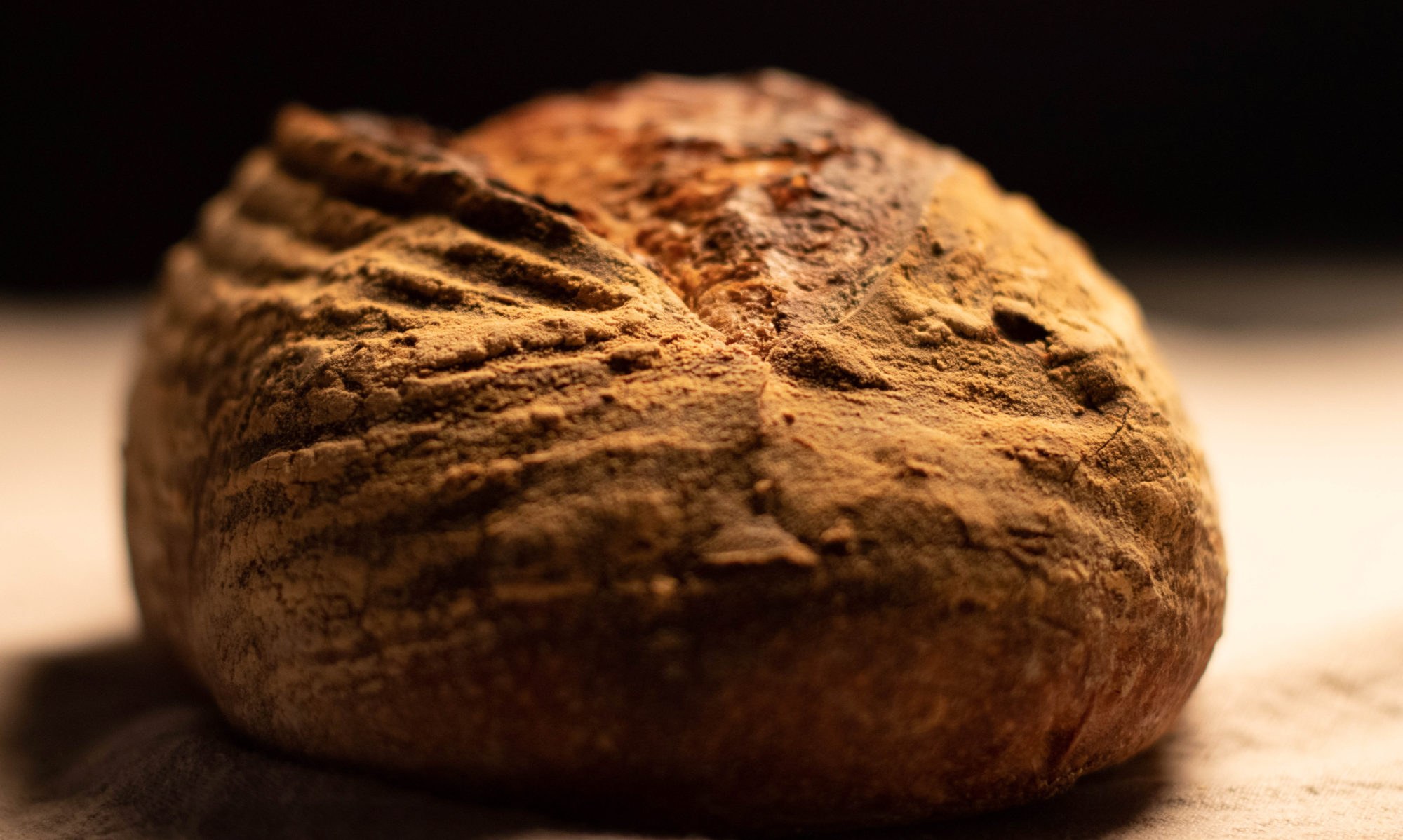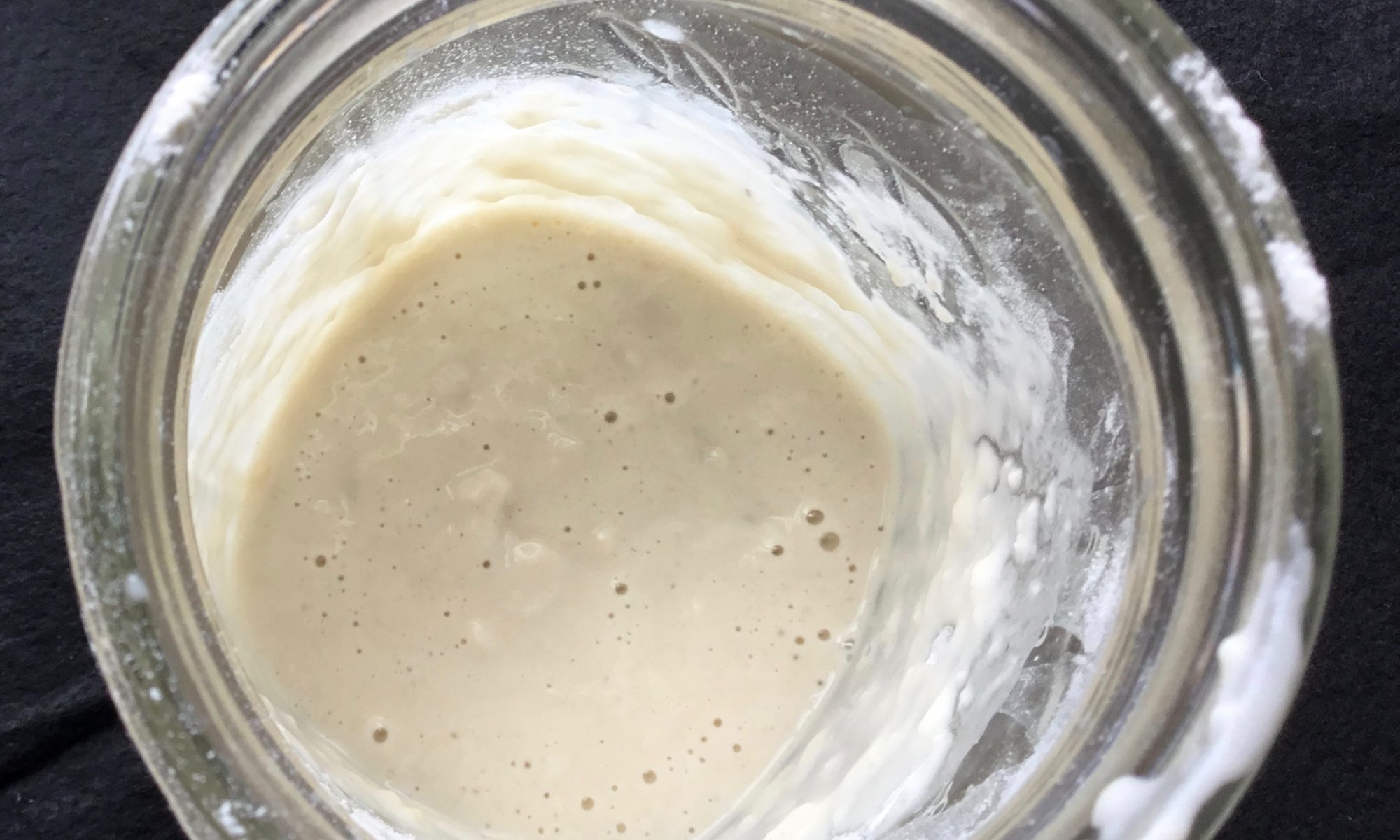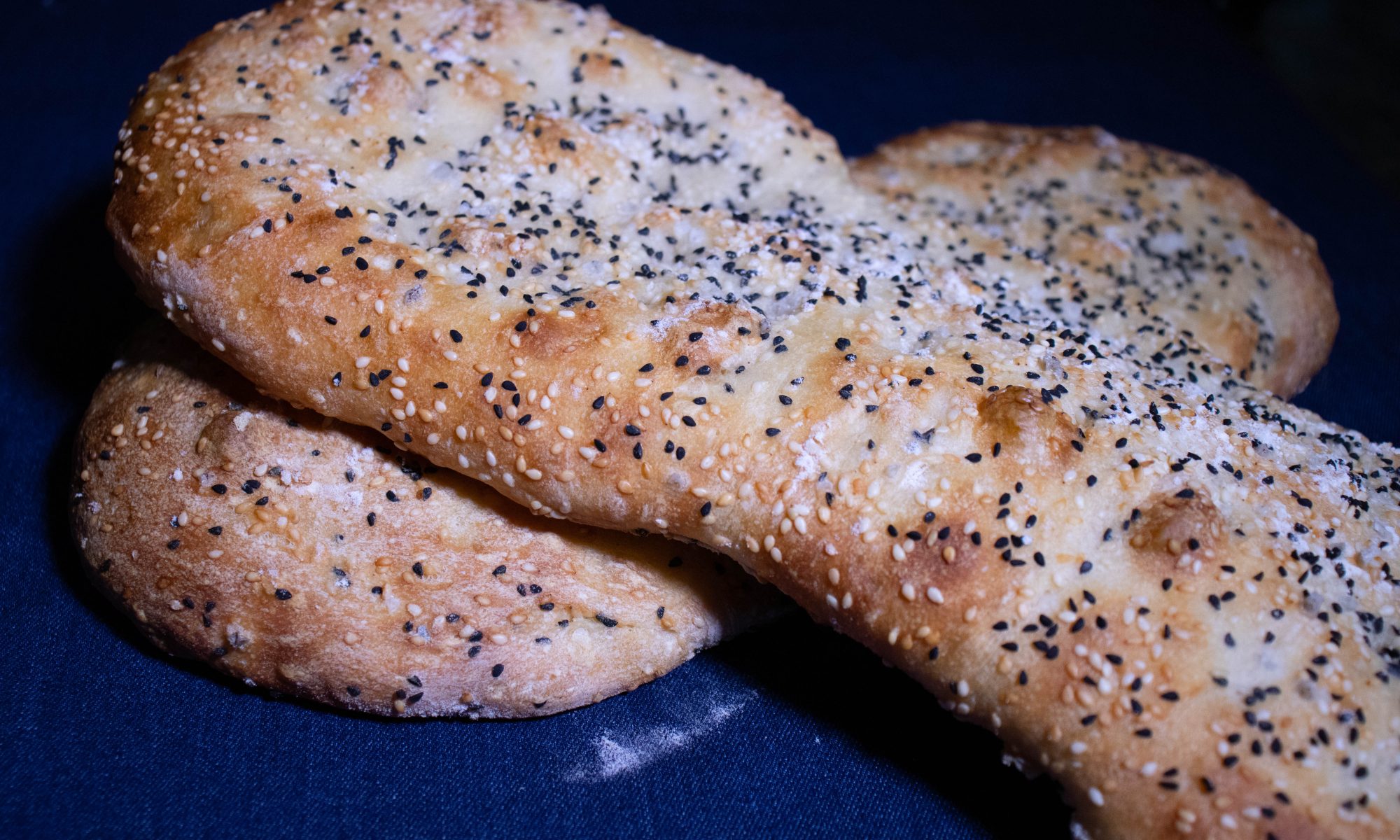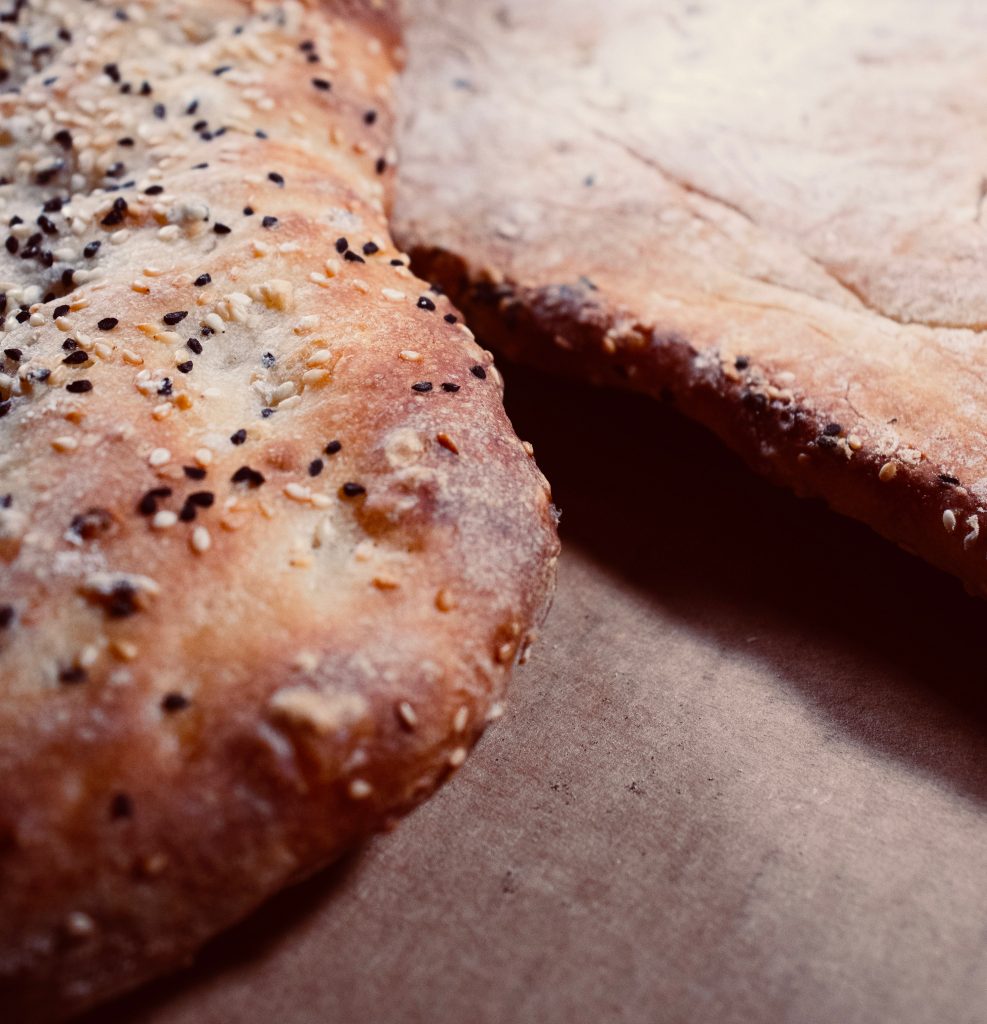You know how sometimes you set out looking for one thing, and what you end up finding is something completely different? Well, that’s been my morning. Fortunately, what I found was much more interesting (and entertaining) than what I was looking for.
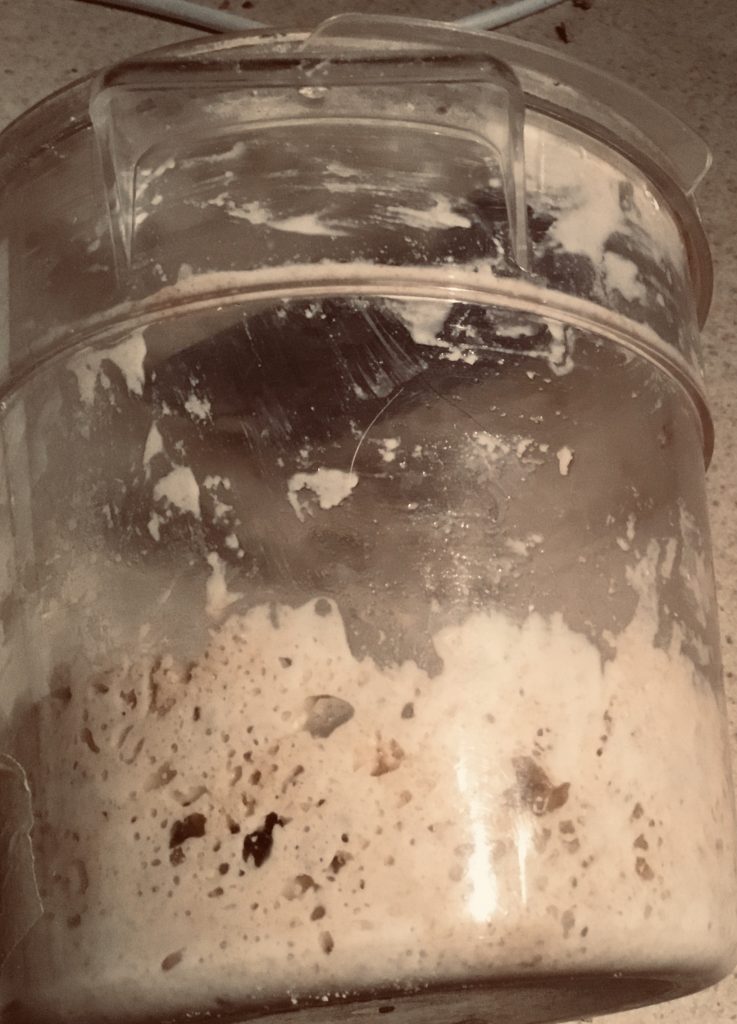
I’ve been working on a series of posts about making and keeping a sourdough starter. If you’ve ever noticed, when trying to find information about starters, they are called by different names, and it can be kind of confusing. Sometimes these are just different names for the same thing, and sometimes the names refer to different things. As with much information when researching online, it can be confusing, mostly because many people have no idea what they are talking about.
Chef, Sourdough, Starter, Mother – these are all terms that are used to refer to the same thing. Levain is also sometimes in that list, though it really shouldn’t be. It can be a little confusing, but it really doesn’t need to be. That was going to be todays’ post – how they are the same, and how they are different – but then I fell down a rabbit hole.
I discovered lists and lists of names that people give to their individual starters. It seems to common that I can’t believe I’ve never run across it in the past. I’m so happy I saved it for today ’cause I just spent the last 15 minutes laughing my ass off.
Here are some of my favorites:
Clint Yeastwood
Rye Bradburry
Joan of Starch
The Yeasty Boys
Yeastus (inspired by Kanye)
There are lot of names that I won’t print here, but that are highly amusing. There are a couple of interesting articles at Food52 and BonAppetit on the topic, and lots of others you can find with a web search.
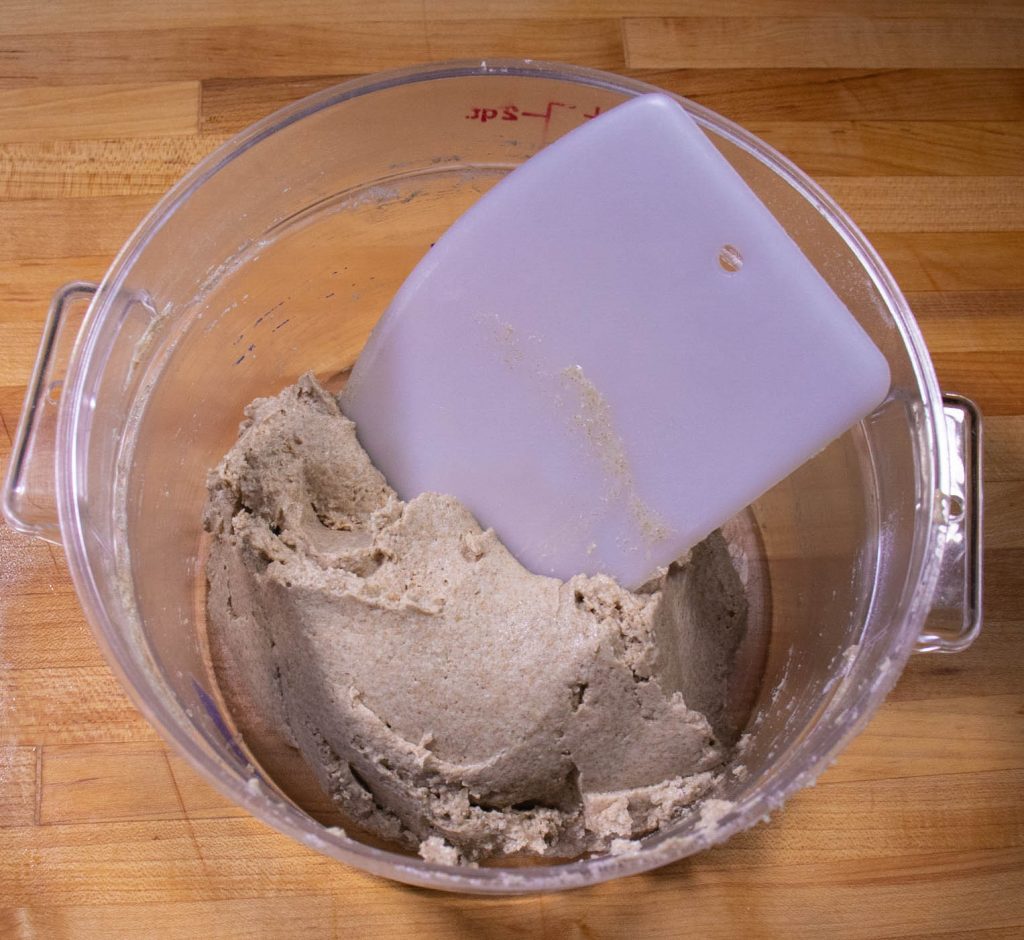
It’s not surprising that people give their starters pet names, people get very attached to their starters. The stories of people bringing their starters with them on trips, and getting “pet” sitters to mind there starters while they are on vacation are ubiquitous. I’m not particularly starter-attached, though my wife jokes that when we get home I feed the starter before I feed her or the dogs. (For the record, that’s not always true).
I’m delighted that people are very invested in the lives of their starters, so much so that they give them names. It gives me hope for the future of home bread baking.
However, I will never be one of those people who names their starter, for I am a well known starter-killer. I’m just not attached to the pedigree of my starter, and they are easy to make, so I’m just not super worried about it. If I’m heading out of town, I sometimes just let it die and start another one when I get back. (Obviously, this doesn’t work when working as a production baker, but I’m not at the moment).
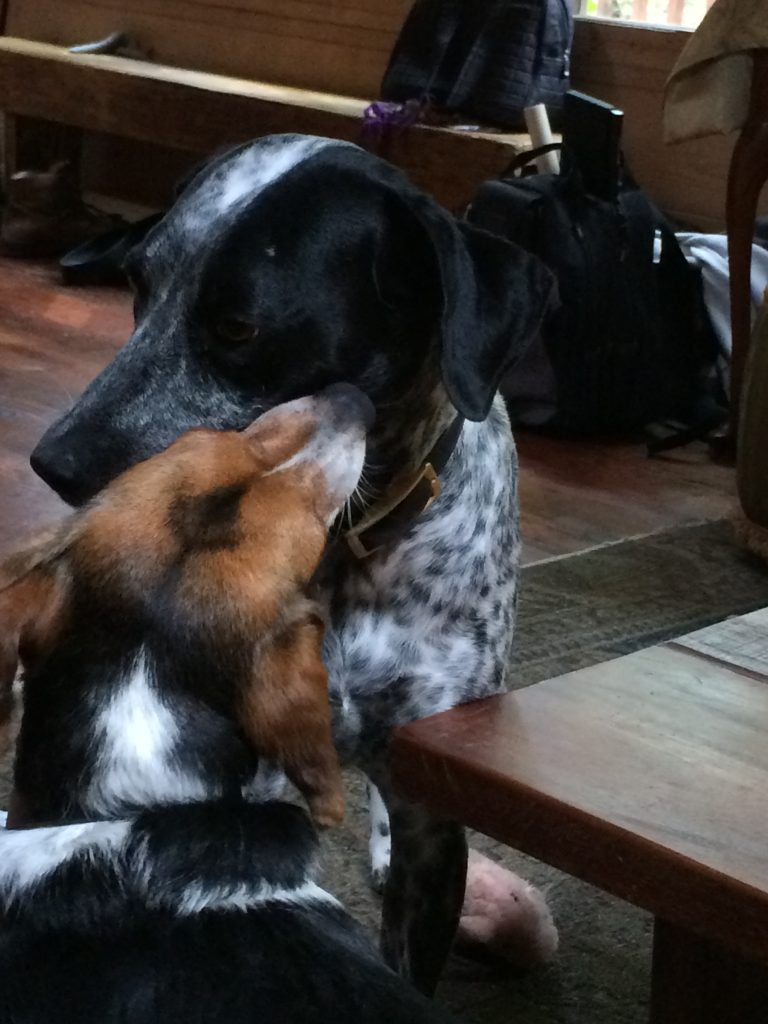
So, I will never be a starter-namer. It would make it so much harder to kill my starters. But I’m sure glad that other people are, it’s gotten this day off to a good start with a good laugh.
